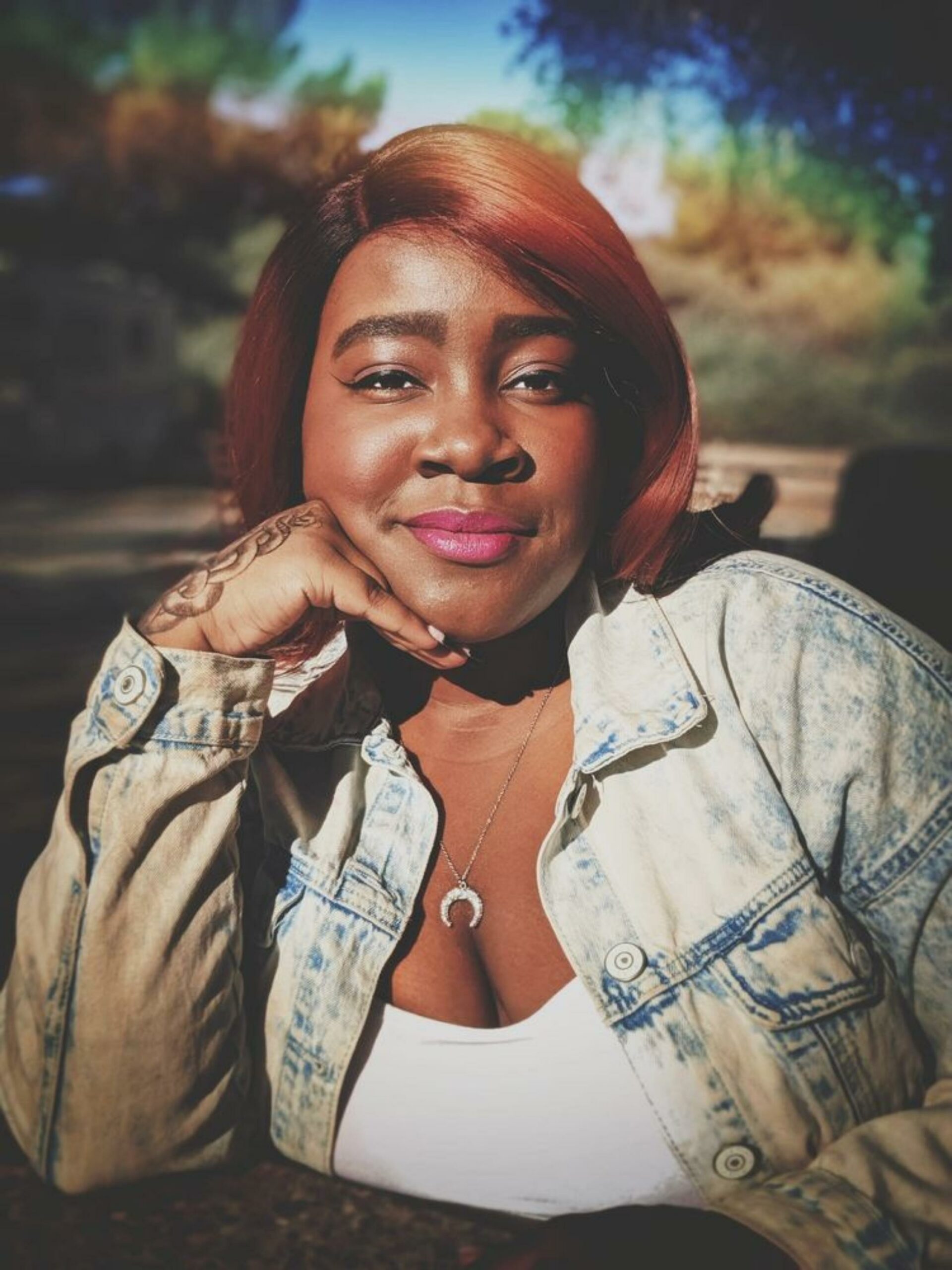
by Michele Kirichanskaya | Aug 15, 2023 | Blog
Clarkisha Kent is a Nigerian-American writer, culture critic, former columnist, and up-and-coming author. Committed to telling inclusive stories via unique viewpoints from nigh-infancy, she is fascinated with using storytelling and cultural criticism not as a way to...
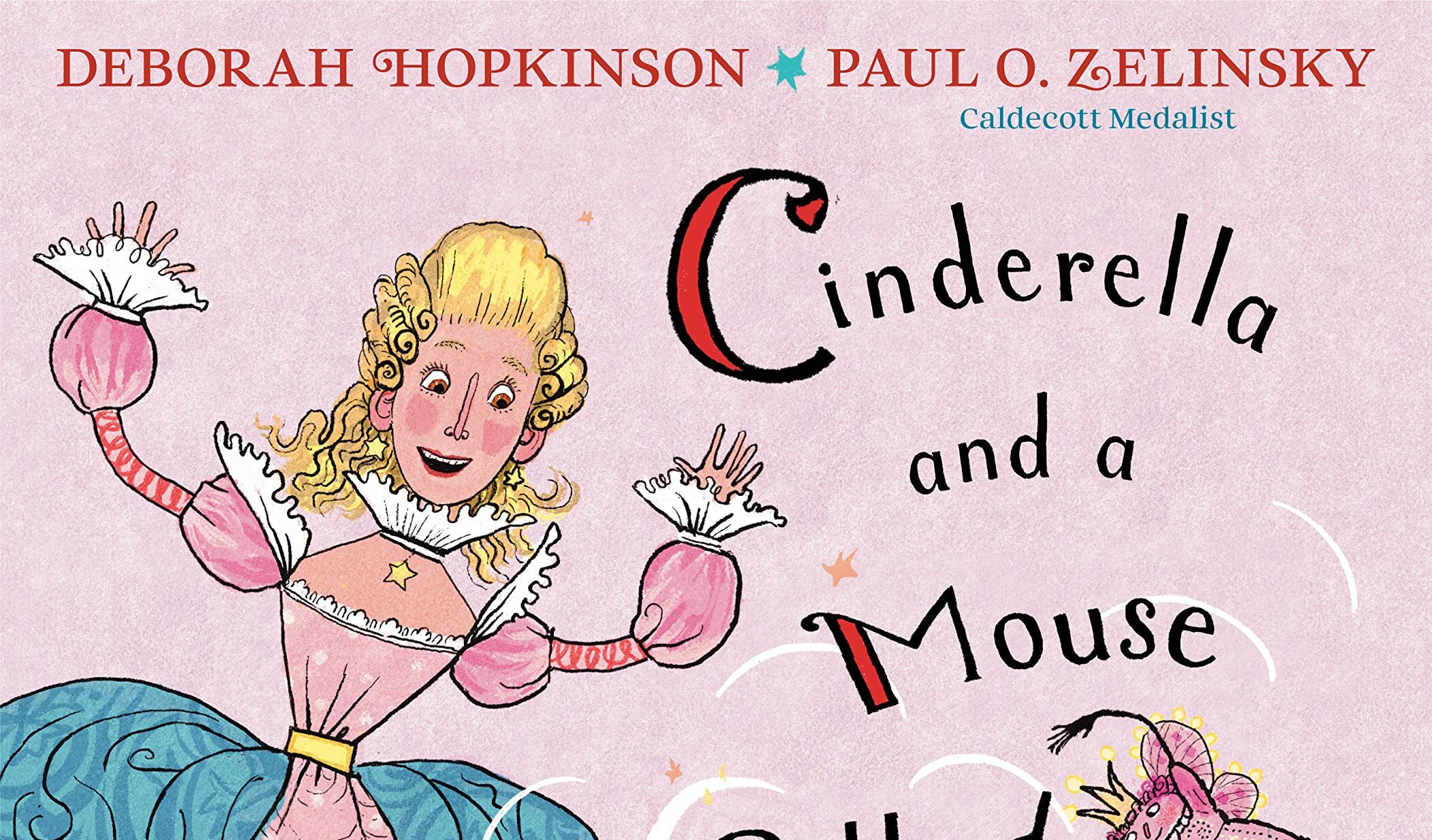
by Michele Kirichanskaya | Aug 11, 2023 | Blog
Deborah Hopkinson is the author of many highly acclaimed picture books, including A Letter to My Teacher, which received two starred reviews, and the modern classic Sweet Clara and the Freedom Quilt, which the New York Times called “inspiring.” Her other...
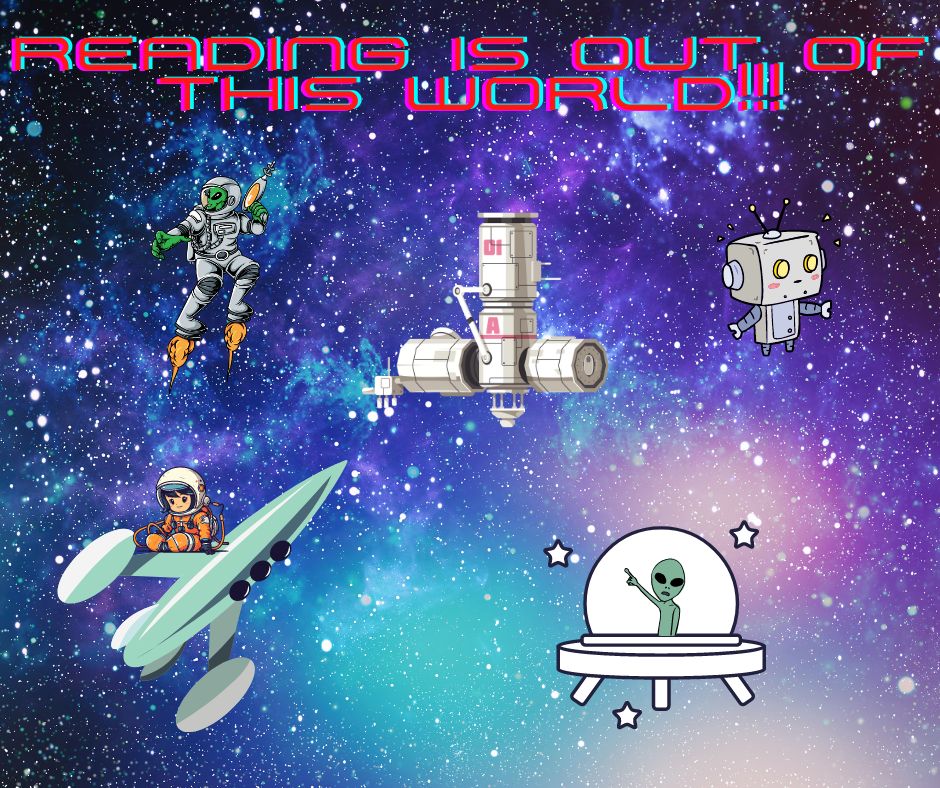
by Alexa Goodrich-Houska (she/they) | Aug 10, 2023 | Blog
Greetings, esteemed readers! As a 100% real human person and not a droid, I am thrilled to embark on this literary journey with you, delving into captivating books that traverse distant galaxies while shedding light on LGBTQIA+ and Queer-Coded experiences, all in the...

by Michele Kirichanskaya | Aug 8, 2023 | Blog
Meeg Pincus (she/her), M.A., is the author of 26 picture books in the trade and school/library markets. She’s been a nonfiction writer, editor, educator & diverse books advocate for over 25 years. She lives, writes, sings & homeschools with her family in...
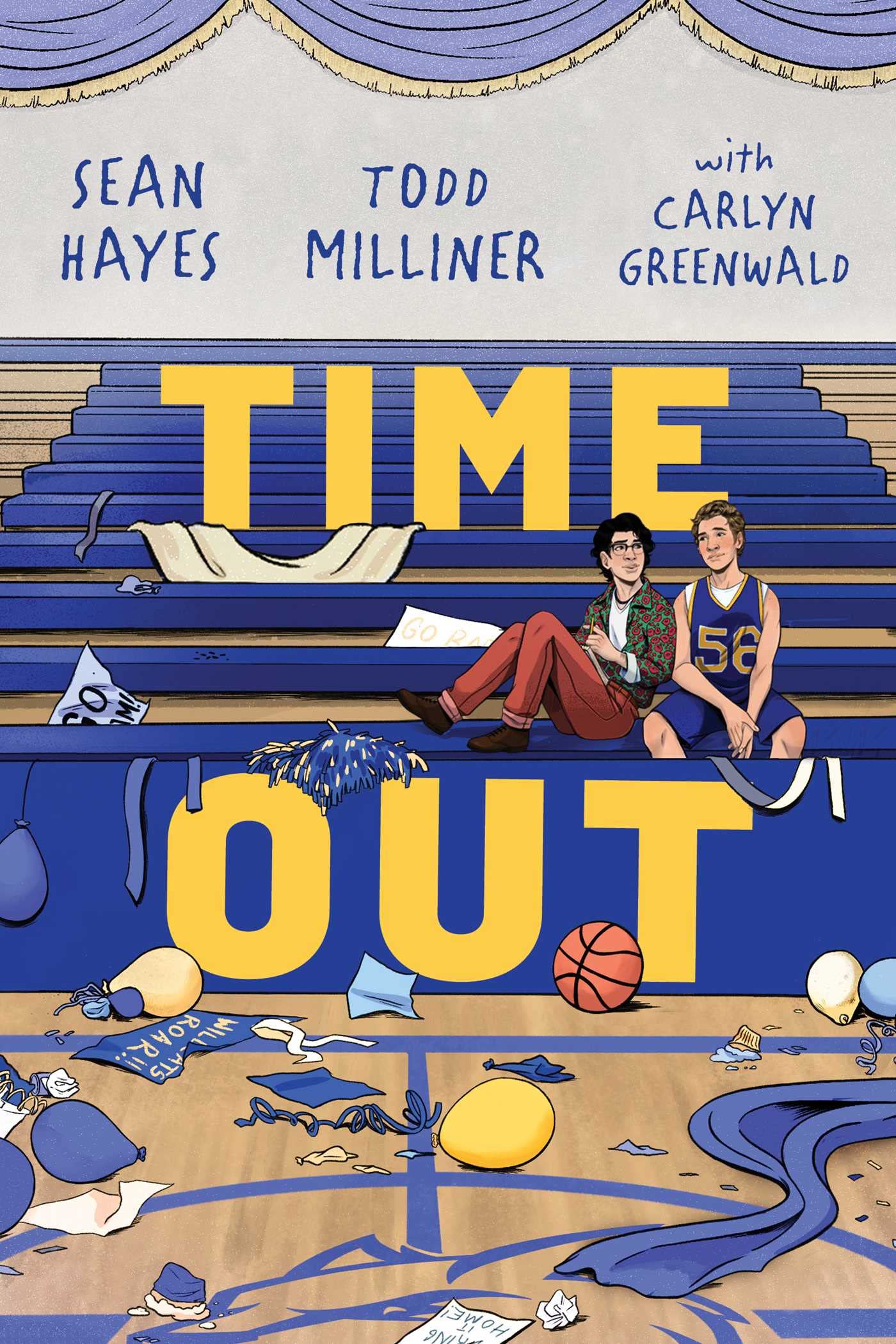
by Michele Kirichanskaya | Aug 7, 2023 | Blog
Carlyn Greenwald writes romantic and thrilling page-turners for teens and adults. A film school graduate and former Hollywood lackey, she now works in publishing. She resides in Los Angeles, mourning the loss of ArcLight Cinemas and soaking in the sun with her dogs....
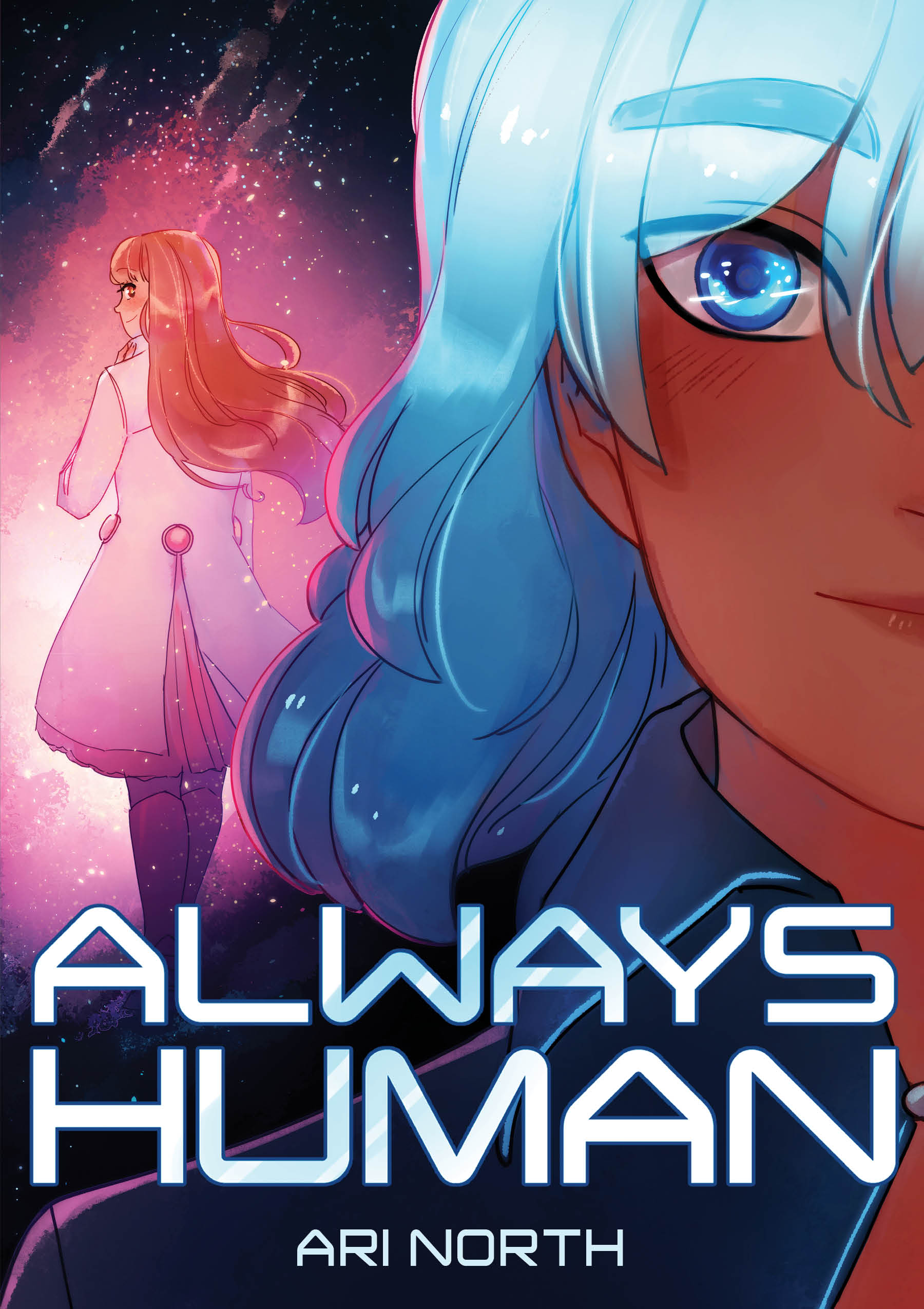
by Michele Kirichanskaya | Aug 5, 2023 | Blog
Ari North is a queer cartoonist who believes an entertaining story should also be full of diversity and inclusion. As a writer, artist and musician, she wrote, drew and composed the story and music for Always Human, a complete romance/sci-fi webcomic about two queer...







